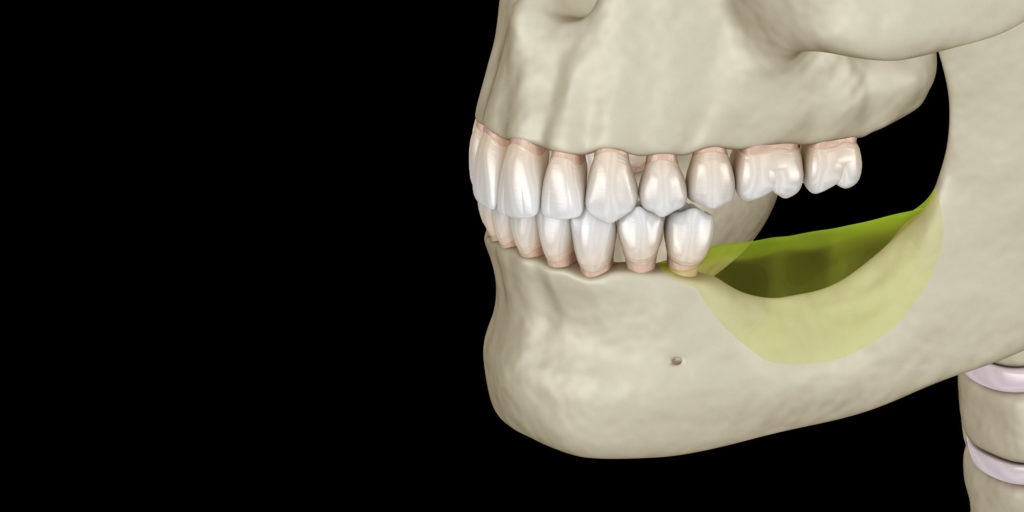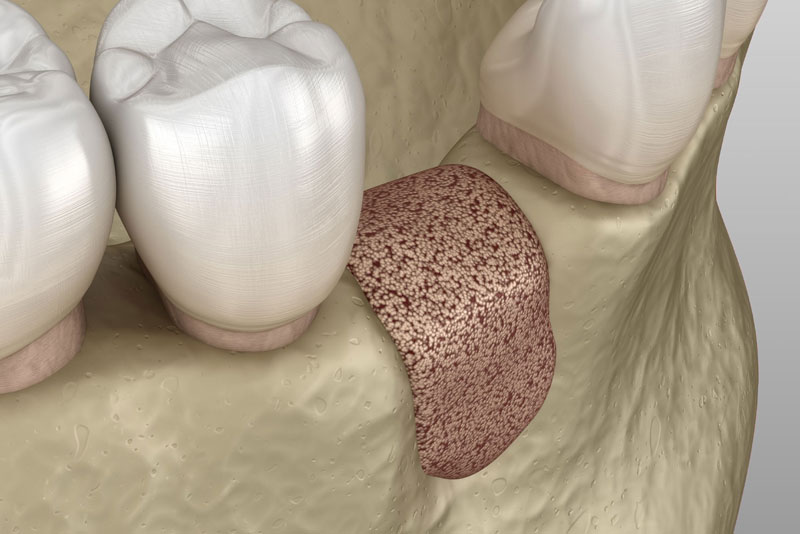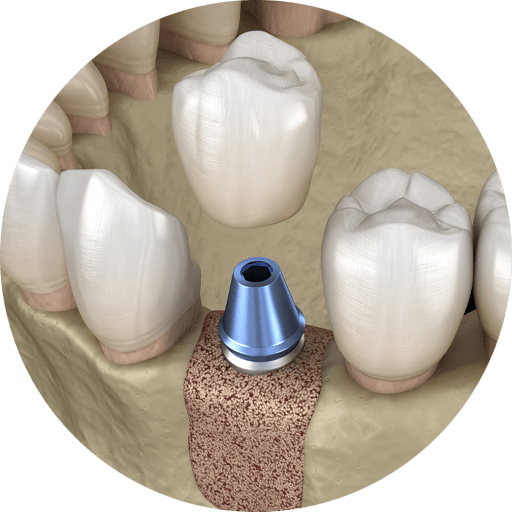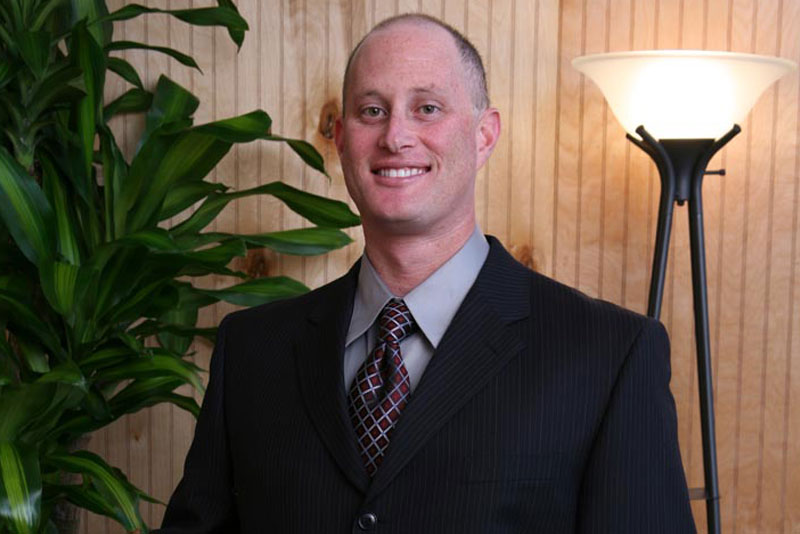
Bone loss in the jawbone is common when one or more teeth have been lost due to injury, decay, or trauma. Without the tooth in place to stimulate the jawbone, the bone around the missing tooth will begin to deteriorate. Over time, the jawbone may deteriorate to such an extent that there may not be enough bone to place dental implants. In cases such as these, your dentist may recommend having a bone grafting procedure. Bone grafting is the replacement or augmentation of missing bone around the teeth.

Autogenous grafts take bone from one area of the patient’s body and transplant it to the location in the mouth being restored. The bone is usually taken from non-essential bones such as the chin area. The benefit of an autogenous bone graft is that the bone used comes solely from the patient thus reducing the likelihood of rejection and infection. The bone is also still “live”, meaning it still has active cellular material.
Allografts also use human bone transplanted to the area in the mouth being restored. However, allografts do not use the patient’s own bone. Instead, the bone usually comes from cadavers who have donated their bone to bone-banks. All allograft bone material is carefully screened and is considered very safe.
Xenografts also replace bone in the area requiring treatment, however the bone comes from a non-human source. Usually the non-human source is bovine (cow). Allografts and Xenografts are used because they do not require a second surgical site to harvest bone and ample amounts of bone can be easily attained.

Local anesthesia is used to numb the area where the bone will be removed as well as the location where the bone will be augmented. An incision is made in the gums around where the bone will be augmented. This is done so that the dentist can see exactly how much bone will be need before harvesting it from the patient (if an autogenous graft is being performed).
Next, the dentist will make a cut in the gums below the lower front teeth in order to expose the chin bone. The dentist will then remove a part of the bone along with any bone marrow. This incision is then closed with stitches.
The bone removed from the chin will then be anchored in place in the jawbone with small titanium screws.
The dentist may place a mixture of your bone marrow and some bone-grafting material around the bone graft to help speed healing. The incision is then closed with stitches.
After the procedure you will likely be given antibiotics as well as pain medication. You’ll be asked to follow a restricted diet of soft foods such as pastas and Jell-O. Bone grafts usually take about six to nine months to heal completely. Dental implants will not be placed until your mouth has healed completely.

Dr. Brent O. Nichols, a general dentist in Huntington Beach, CA, works hard to ensure each of his patients receives exceptional patient care in a relaxing and friendly environment. Our staff is highly trained to provide you with the care you need and deserve. Dr. Nichols is proud to offer advanced dental procedures including the LANAP Laser Treatment, Dental Implants, Invisalign, Porcelain Veneers, and Implant Supported Dentures.
Request a consultation today!
I understand the information disclosed in this form may be subject to re-disclosure and may no longer be protected by HIPAA privacy regulations and the HITECH Act.

Monday: 9:00am – 6:00pm
Tuesday: 8:00am – 5:00pm
Wednesday: 9:00am – 6:00pm
Thursday: 8:00am – 5:00pm
Friday: 8:00am – 2:00pm
